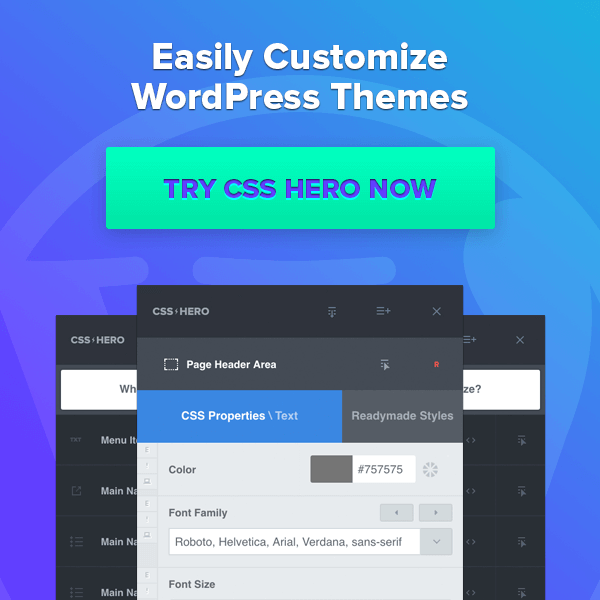The Rules of the Internet
Let’s take a look at two large entities that sit within the United States for companies to gain control of a domain to establish a digital presence and how they can communicate to their constituents.
ICANN
Established in 1998 in Southern California, ICANN is the Internet Corporation for Assigned Names and Numbers. A world-wide non-profit organization dedicated to keeping the internet safe and information secure through coordinated maintenance and procedures of several databases related to domain name registries and IP addresses.
The functions of ICANN constant maintenance are:
- Protocol Assignments – this involves maintaining the codes and numbers used in Internet protocols
- Internet Number Resources – is a global coordination between the Internet Protocol addressing system (IP addresses), which in turn will trickle down to the allocation of the regional internet registries
- Root Zone Management – is the assignment of ‘top-level domains’, such as .uk, .org, and .com, and their technical and administrative maintenance
The constant monitoring of the world-wide web is done through a “multistakeholder model”, which is a community based approach to governance and how procedures and policy are developed formed of global partners that create their Board of Directors, Advisory Committees and Technical Liaisons. Currently, ICANN manages over 180 million domain names and four billion networks across over 240 countries. It is important to note, that ICANN does not control what content goes on the internet.
Through a partnership with the Internet Assigned Numbers Authority (IANA), the monitoring and maintenance of domain names comes to ICANN through the IANA, which was granted by the U.S. government. The protocol parameters used to monitor and manage the DNS are determined by the The Internet Engineering Task Force (IETF), which the ICANN enforces.
ICANN also partners to help oversee the Public Interest Society (PIR), a non-profit organization created by the Internet Society (ISOC), to manage the .org, .ngo, and .ong domains, which are held for global organizations, as well as local associations.
Why is ICANN important?
ICANN’s multistakeholder model is important because that means not one person or entity (business or government) has complete control over the internet, but allows for an open global internet and connection. The internet will always be accessible, no matter where you are in the world.
Everything that happens on the internet (emails, images sent, social media, etc.) interacts and is registered with the domain name system (DNS). The information is used by the registered domain names (i.e. colleeneakins.com) is translated in to an IP address (such as 192.0.43.7) needed by servers, routers and networks to speak to each other to route traffic across the internet to the intended destination.
Careful monitoring of the DNS system and registry partners, is crucial to having an efficient and working internet for users to conduct everyday actions for personal or business needs.
For instance, in April 2020, ICANN rejected the Internet Society’s (ISOC) proposal to sell to a venture capital company, Ethos Capital. This would take ISOC and PIR from a non-profit entity to a for-profit corporation, possibly undermining the entire community in which the .org and other generic top-level domains (gTLD) serve. Examination of the agreement took just over five months for ICANN to reach a decision.
How does this affect your business?
While ICANN does not control content of the internet, there is concerns on how controversial content is displayed and when the DNS is controlled by international government, as certain actions in controlling content can be considered violations of freedom of speech/press.
However, in general, without careful management from ICANN on domain names and IP addresses, the internet would be in shambles. Careful maintenance of networks, routers and hackers allow your customers to effectively and efficiently view your website without interruption or being re-routed to a website barring no relevance to your company.
CAN-SPAM
Your company has the domain, now the rules of soliciting to your consumer base.
The CAN-SPAM Act of 2003 (enacted in 2004) in the U.S., is set of laws that legislate requirements on how business can be conducted through electronic mail. The regulations also spell out how the business should give recipients the right to opt-out of receiving emails and what the penalties for violations are.
It is important to note that the laws do not just apply to mass emails, it covers all commercial emails that as defined by the law as “any electronic mail message the primary purpose of which is the commercial advertisement or promotion of a commercial product or service,” which includes solicitations, including unsolicited emails, that promote content on commercial websites, whether it be business-to-consumer or business-to-business email communication.
The CAN-SPAM Act can be broken down to the following main requirements:
- Permission. First and foremost, you must have permission from your recipients to send messages. There are two kinds of permissions that fall within the law: Implied and expressed. Implied permission is those with whom you have a business relationship (customer, active subscriber, etc.). Expressed permission is granted when someone specifically gives permission to send them information regarding new email campaigns (subscription form, newsletter, etc.).
- No false or misleading header information. The information in the “From”, “To”, “Reply-To” sections and the routing information (domain name and email address), must be accurate and confirm the person or business who sent the message.
- No deceptive subject lines. They must accurately reflect the content of the message.
- Message must be identified as an ad. There is a slight leeway on how this can be accomplished, but it must be clearly and conspicuously stated that your message is an ad.
- The message must include a physical registered address through the U.S. Postal Service, or a private mailbox registered with a commercial mail receiving agency under Postal Service regulations.
- Opt-out instructions. The email content must include a clear and conspicuously stated explanation of how the recipient can opt-out of receiving future emails from your business. This can be done through different type and color treatments and messaging (menus, reply instructions, etc.).
- Honor the opt-out requests within the next campaign cycle. If users have chosen to not receive any further communication from your business, honor these request promptly – usually within 10 business days, collecting no fee or any personally identifying information beyond just their email address. Furthermore, once they have chosen to stop receiving communication from your business, you are unable to sell or transfer their email address.
- Maintenance of information. The law clearly states that even if another company is to handle your email marketing, the legal obligations still stays on your shoulders and is your responsibility. Note, penalties will be sent to both
It is important to note that the regulations above for CAN-SPAM also apply for newsletters or other types of marketing or promotional announcements that your business will be sending. However, transactional emails are except from the regulations stated above. These include: order confirmations, password or username information, shipping orders, etc. because these are emails that contain content about an active membership from a current customer or existing order from a business.
Overwhelmed?
The digital user experience depends greatly upon the work of the ICANN and governing bodies to maintain and monitoring established infrastructure and potential threats. A strong sense of a base security system is needed when your consumer is browsing the World Wide Web.
For secure website and email development, contact Colleen Eakins Design for a consultation on how your company can enhance its online presence.





